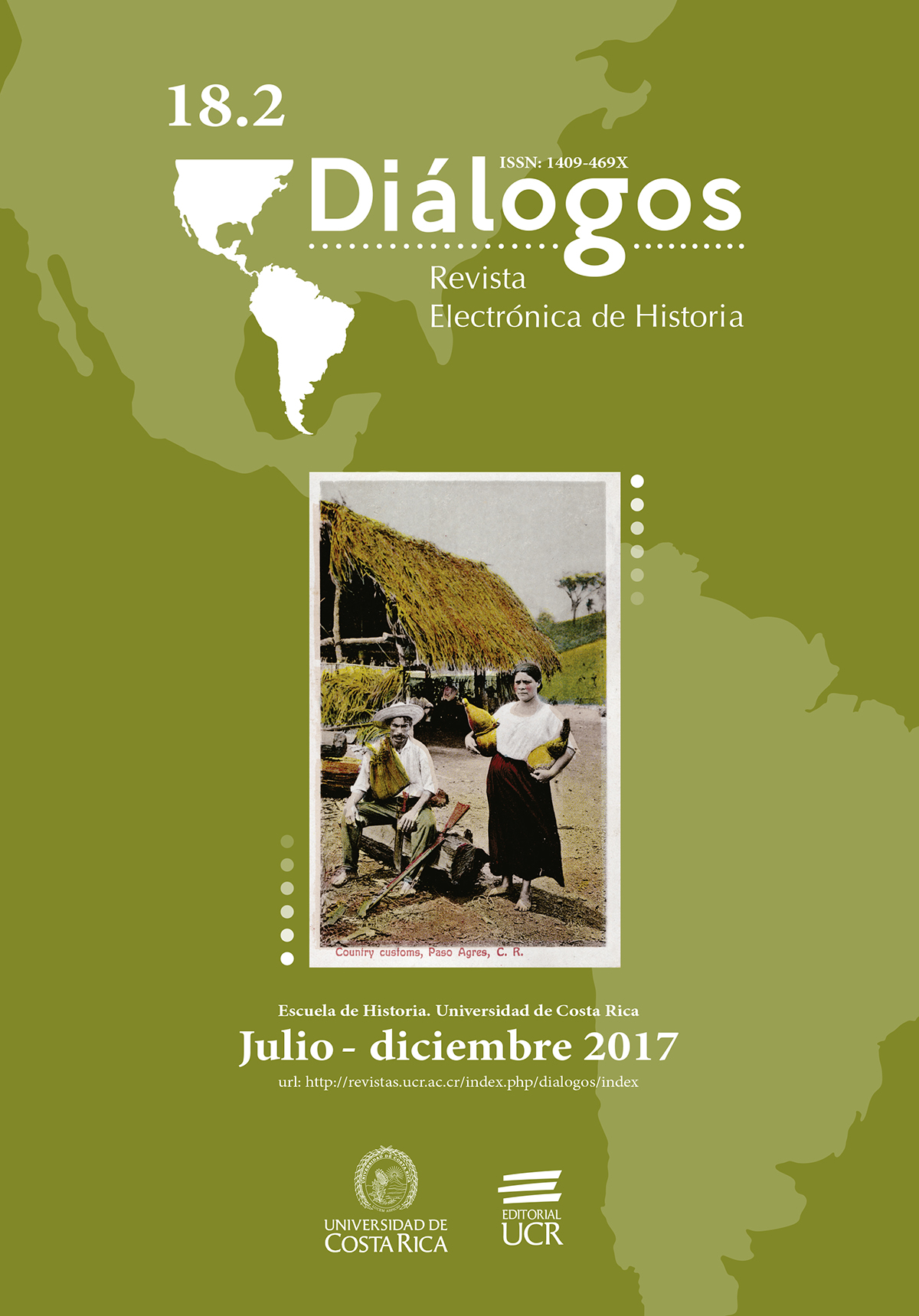Abstract
In the late eighteenth century the direct intervention of the state was strengthened in terms of a biological and social processes, such as: the proportion of births and deaths, the reproduction rate, the fertility of a population, etc. These processes were constituted, in practice, in the object of measurement demographic statistics. They were also the outline of an intervention policy in global phenomena of reproduction and sexuality. Accepting that regulations on sexuality and reproduction existed adopting different ways according to the context, but never being explicit (ie, adopted and adopt the name of “population policy” or “natalist”), one wonders what reasons explain such situation. Thus, this paper aims to analyze, from the theoretical approach of the Social Reproduction Theory, the practice of abortion as a fundamental element in the system of reproduction and production of wage labor. Additionally, this paper looks to understand what kind of relationship it has with demographic and economic development in the second postwar Latin American context.References
Ballón Gutiérrez, A. (2014) “El caso peruano de esterilización forzada. Notas para una cartografía de la resistencia”, Lima: Aletheia, volumen 5, número 9, octubre 2014, pp. 1 - 20.
Bellucci, M. (2014) Historia de una desobediencia. Aborto y feminismo. Buenos Aires: Capital Intelectual.
Brown, H. (2012) Marx on gender and the family. A critical study. Boston: Brill.
Comisión Económica para América Latina y el Caribe (CEPAL) (1996). Plan de acción regional latinoamericano y del caribe sobre población y desarrollo. Naciones Unidas, Santiago de Chile.
De Grazia, V. (1993) How Fascism Ruled Women, Italy 1922-1945, University of California Press, Berkeley.
Federici, S. (2011) Calibán y La Bruja. Mujeres, cuerpo y acumulación originaria. Colección nociones comunes. Buenos Aires: Tinta Limón Ediciones.
Felitti, K. (2009) “Derechos reproductivos y políticas demográficas en América Latina”. Íconos. Revista de Ciencias Sociales. Facultad Latinoamericana de Ciencias Sociales-Sede Académica de Ecuador, Quito, Num. 35, septiembre 2009. pp. 55-66.
Felitti, K. (2012) La revolución de la píldora. Sexualidad y política en los sesenta. Buenos Aires: Edhasa.
Ferguson, S. y McNally D. (2013) “Capital, Labour-Power, and Gender- Relations: Introduction to the Historical Materialism Edition of Marxism and the Oppression of Women”. In Vogel, L. (Ed.), Marxism and the Oppression of Women. Londres: Brill.
Ferguson, S. y McNally D. (2015) “Social Reproduction Beyond Intersectionality: An Interview”. ViewPoint Magazine, october 31, 2015. https://viewpointmag.com/2015/10/31/social-reproduction-beyond-intersectionality-an-interview-with-sue-ferguson-and-david-mcnally/
Fundación Bariloche (1979). “Modelo mundial latinoamericano”, Revista Nueva Sociedad, N°22, Enero-Febrero, pp. 16-29.
Hershatter, G. (2007) Women in China’s Long Twentieth Century, University of California Press, Berkeley and California.
James, S. y Dalla Costa, M. (1975) El poder de la mujer y la subversión de la comunidad. México: Siglo XXI.
Morán Faúndes, J. M. (2013) “¿Pro-Vida? ¿Cuál Vida? Hacia una descripción crítica del concepto de “vida” defendido por la jerarquía católica”. ZURBRIGGEN, R. y ANZORENA, C. (Comp.) El aborto como derecho de las mujeres. Otra historia es posible. Campaña Nacional por el Derecho al Aborto Legal Seguro y Gratuito. Buenos Aires: Herramienta. pp. 39-63.
Rioux, S. (2014) “Embodied contradictions: Capitalism, social reproduction and body formation”, Women's Studies International Forum. 2014. http://www.cedim.uqam.ca/IMG/pdf/rioux_2015_embodied_contradictions.pdf.


